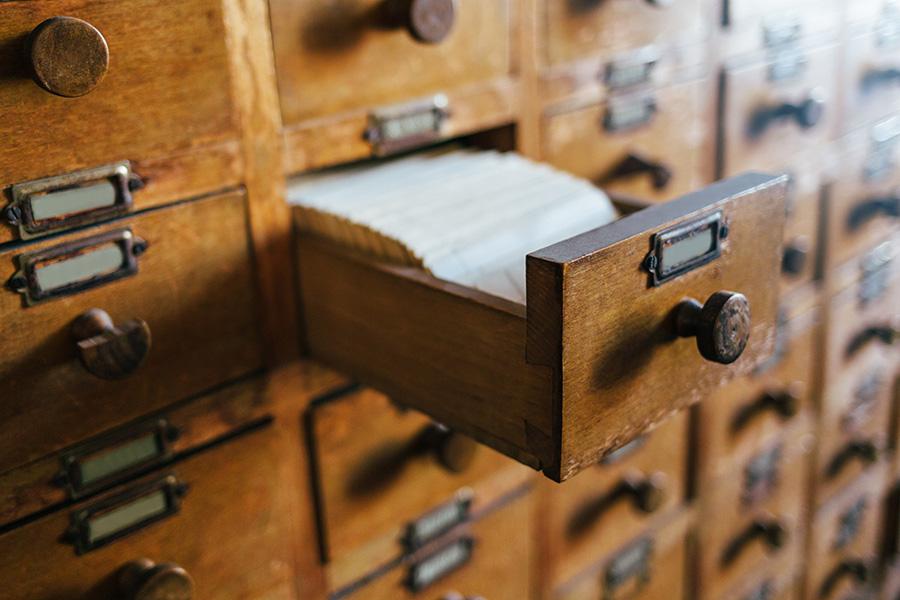
Archiving old data to Kela’s Kanta Services
From the data controller’s perspective, transferring old healthcare patient data and old social welfare client data from local systems to Kela’s Kanta archive saves time, effort and funds. With regard to data protection, data security and data accessibility, it is an opportunity that should be seized before it is too late.
Storing old data
From the data controller’s viewpoint, the use of the Kanta Services can be divided into two periods: the time before joining the Kanta archive and the time after it. Before joining the Kanta archive, patient and client data was stored in the organization’s own operative system, unless it was specifically transferred to an old data archive. However, data generated after joining the archive is directly saved to the Kanta archive.
In line with the national policy, the Kanta Services patient data archive and social welfare client archive are the only solutions to store data that is generated as part of social welfare and healthcare client work and needs to be stored permanently. For the data controller, this means that the responsibility for data transferred directly to the Kanta archive lies with Kela. On the other hand, if the data is retained in the organization’s system, the controller is responsible for its storage.
What if the system or organization is changed?
When an organization deploys a new patient or client data system, access to data in the old system can be arranged in three different ways:
• the data is stored in the old system where it can be viewed only;
• the data is migrated to a new system; or
• the data is transferred to the Kanta archive.
In practice, maintaining the old system for view-only use is a temporary solution. There is no system whose lifecycle would meet the needs of storing patient and client data for dozens of years, much less permanently. When technologies grow obsolete, taking care of updates, data security and data protection becomes increasingly difficult and eventually impossible.
Migrating data to a new system is laborious as the data models of different systems are typically not intercompatible. Moreover, when dealing with large data masses such as patient and client data, it is difficult to verify whether the migration was successful and all data was transferred correctly.
In particular, it must be noted that the target data model depends on the type and version of the target system. Consequently there are countless variations and data conversion must be implemented separately. In the end, this results in the same situation as the first option – a temporary solution. The lifecycle of the new system, too, is limited, and another data storage solution will eventually be required.
When the data is transferred to the Kanta archive, Kela becomes responsible for its storage. In practice, Kela takes care of the most difficult tasks: data retention across systems, the lifecycles of technologies and data distribution to those with the right of access. Technically, data transfer to Kanta archive is easier to implement than migration to a new system as there is only one target data model. This ensures that the number of variations required for data conversion is low and existing implementations can be utilized.
When changing the organization, that is, transferring the operation to another data controller, the options are practically the same as explained above. If the source system only contains data to be transferred to the new data controller, the entire system can be transferred to the receiving organization. Alternatively, the transferred data can be migrated to the receiving organization’s system or it can be transferred to the Kanta archive.
The benefits of archiving old data
After the old data has been transferred to the Kanta archive, the old system can be run down. Furthermore, when the data is stored in the Kanta archive, Kela is responsible for their retention. Data transfer to the Kanta archive is beneficial to the data controller in various ways as archiving saves time, effort and funds.
The old data can only be accessed by the data controller – it cannot be viewed by the client or patient at My Kanta Pages. If representatives of the controller need access to the data, it can be provided through the user interface of Kela’s archivist, an old data viewer possibly included in the new system or a separate old data viewer.

Tuomas Fjällström
Product Owner, eRA Siirto
tuomas.fjallstrom@atostek.com
+358 45 171 2005